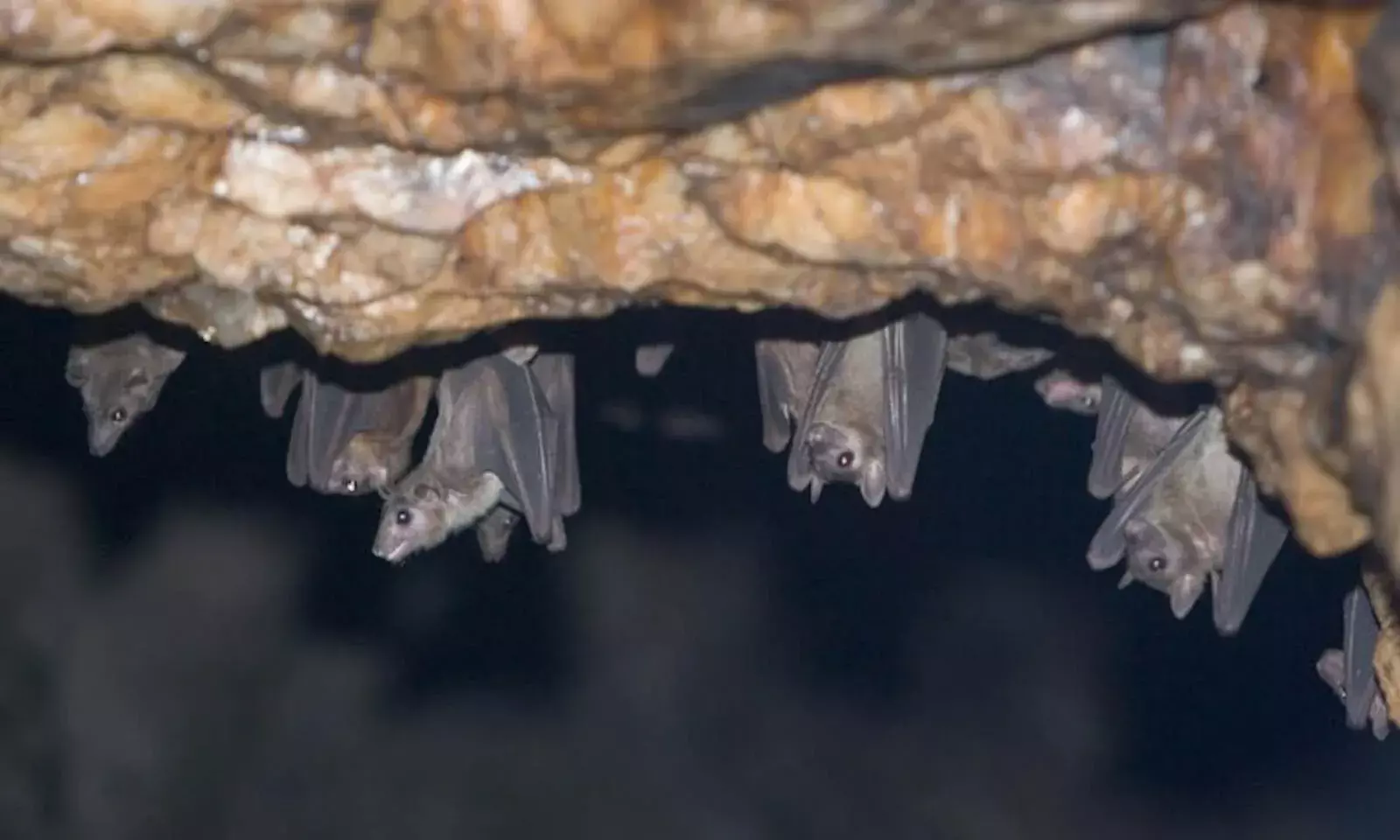Retracing Marburg Disease in Numbers: Outbreaks, cases and deaths
A total of 591 people contracted the disease between 1967 and 2021 and 479 of them died, show WHO records

Photo: World Health Organisation (WHO)
The World Health Organization, on August 6, 2021, said the Health Ministry of Guinea had confirmed that one person had died of the Marburg virus disease (MVD) in the Nzérékoré Region, Southern Guinea.
"As of August 7, only one case has been confirmed and all four identified high-risk close contacts are asymptomatic. Investigations are ongoing to identify the source of the infection and additional contacts of the index case," said WHO in a statement.
According to the WHO, Marburg virus disease (MVD) is a highly virulent, epidemic-prone disease associated with high case fatality rates (CFR 24-90%). The virus causes severe viral haemorrhagic fever in humans and is a close relative of the Ebola disease. While Marburg and Ebola viruses are both members of the Filoviridae family (filovirus) it should not be mistaken for the Ebola virus disease, malaria, typhoid fever, leptospirosis, rickettsial infection, and plague.
On August 9, the official twitter account of WHO's African region also confirmed the case of MVD in Guinea. "This is the first time Marburg, a highly infectious disease that causes hemorrhagic fever, has been identified in the country and in West Africa," the Tweet read.
Since, this is the first time a case of MVD has been identified in West Africa, let's retrace the history of this disease.
History of Marburg Virus Disease
The highly infectious disease was first recognised in 1967 in Marburg and Frankfurt in Germany and in Belgrade, Yugoslavia (now Serbia), according to the Centers for Disease Control and Prevention. Since then, it has sporadically erupted 12 times in seven different countries across Europe and Africa. The disease has occurred most in Uganda — first in 2007 and then in 2012, 2014 and 2017.
Although Uganda has a 100% fatality rate, most cases and deaths were reported in Angola in 2005, according to data from WHO. Of the 374 MVD cases, 88% or 329 people died in the Central African country. This was followed by Democratic Republic of Congo, which reported 154 cases and 128 deaths between 1998 and 2000.
In 2008, the Netherlands and the United States of America reported one case each, wherein both persons had a history of travel to Uganda.
Overall, 591 MVD cases and 479 deaths have been reported between 1967 and 2021. This means 81% of the people who contracted the disease died.
Transmission and symptoms of MVD
MVD spreads through human-to-human transmission via direct contact (through broken skin or mucous membranes) with the blood, secretions, organs or other bodily fluids of infected people, and with surfaces and materials (eg. bedding, clothing) contaminated with these fluids, according to the WHO.
Earlier, MVD infection was caused by prolonged exposure to mines or caves inhabited by Rousettus bat colonies. Healthcare workers are frequently infected while treating patients with suspected or confirmed MVD.
The incubation period (interval from infection to onset of symptoms) varies from 2 to 21 days. Most common symptoms in the beginning include high fever, severe headache, muscle pains, non-itchy rashes and an overall feeling of malaise. On the third day, diarrhoea, abdominal pain and cramping, nausea and vomiting are generally observed. "The appearance of patients at this phase has been described as showing "ghost-like" drawn features, deep-set eyes, expressionless faces, and extreme lethargy," according to the health agency.
Severe stages include bleeding from multiple areas including the nose, gums and vagina. Involvement of the central nervous system can result in confusion, irritability, and aggression. In fatal cases, death occurs most often two weeks after onset of symptoms and is usually preceded by severe blood loss and shock.
No vaccines or treatment
While there are no vaccines or antiviral treatments approved for MVD, WHO says there are chances of survival through supportive care – rehydration with oral or intravenous fluids – and treatment of specific symptoms. However, medicines like Remdesivir and Favipiravir that have been used in clinical studies for Ebola Virus Disease can be tested for MVD.
WHO chief Tedros Adhanom said that the response to the virus "requires a concerted effort to prevent transmission and protect communities".
In May 2020, the EMA granted a marketing authorisation to Zabdeno and Mvabea against Ebola and the vaccine is being considered for MVD as well.
Health care and laboratory workers should take standard precautions when caring for patients. These include basic hand hygiene, respiratory hygiene, use of personal protective equipment, safe injection practices and safe and dignified burial practices.


